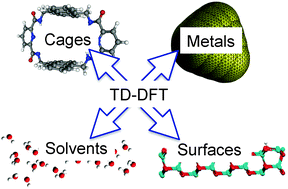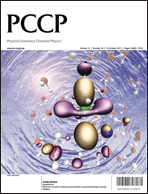In this perspective, we present an overview of recent progress on Time-Dependent Density Functional Theory (TD-DFT) with a specific focus on its accuracy and on models able to take into account environmental effects, including complex media. To this end, we first summarise recent benchmarks and define an average TD-DFT accuracy in reproducing excitation energies when a conventional approach is used. Next, coupling of TD-DFT with models able to account for different kinds of interactions between a central chromophore and nearby chemical objects (solvent, organic cage, metal as well as semi-conducting surface) is investigated. Examples of application to excitation properties are presented, allowing to briefly describe several recent computational strategies. In addition, an extension of TD-DFT to describe a phenomenon involving interacting chromophores, e.g. the electronic energy transfer (EET), is presented to illustrate that this methodology can be applied to processes beyond the vertical excitation. This perspective therefore aims to provide to non-specialists a flavour of recent trends in the field of simulations of excited states in “realistic” situations.

You have access to this article
 Please wait while we load your content...
Something went wrong. Try again?
Please wait while we load your content...
Something went wrong. Try again?


 Please wait while we load your content...
Please wait while we load your content...